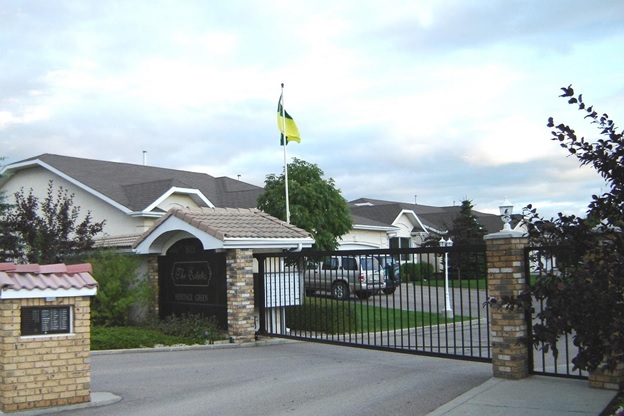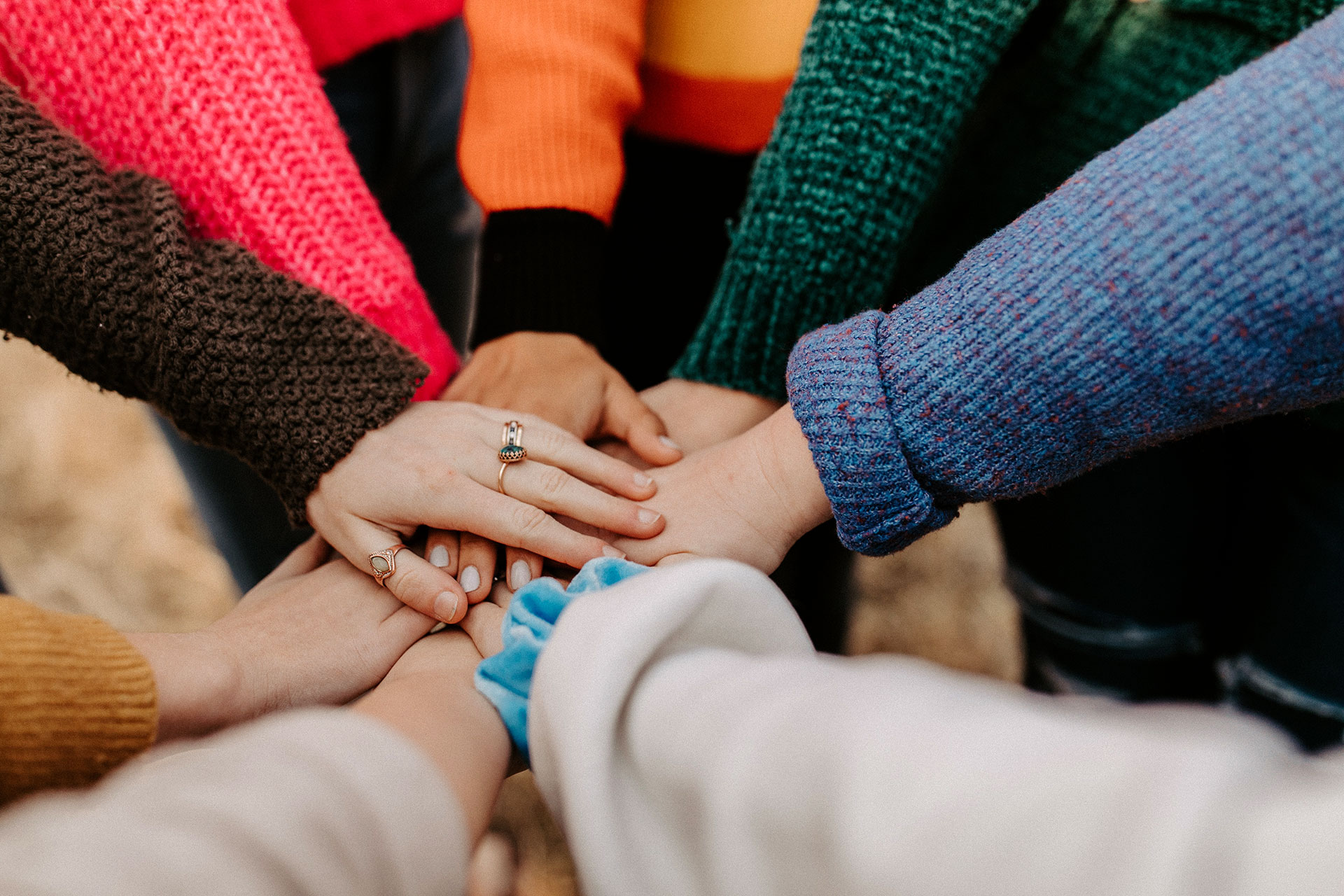Steps to Renting an Apartment or House

0%
Finding a home and a place to live is the foundation of settling in to your community and starting your new life.
Finding a place to call home is one of the first tasks you will have to do when landing in Canada. Depending on your own situation, you might consider renting an apartment or a hotel room short-term while looking for a long-term solution. This article will give tips and an overview of how renting in Canada works.
How to find rentals:
There are many ways to find rental listings. Some of the popular options are:
• Kijiji
• Craigslist
• Zumper
• Facebook marketplace
• Airbnb (if you are looking for furnished units)
•Algonquin College, Pembroke Campus Housing List
Before we get into housing type, you should know that Canadian residences usually have a fridge, stove, dishwasher, washer/dryer, and sometimes even a microwave oven. Make sure to ask if all appliances are included with the rental unit. Depending on the availability, you can rent any furnished or unfurnished places. Usually, furnished places come equipped with furniture & cookware and are usually more expensive, but it’s a good short-term alternative. Different housing types available to rent in Canada:
Houses: This type of housing is usually a bit bigger in size, has its own entrance and yard, and they usually don’t have any shared walls with any other building
Duplex: A single house that contains two living units. You can share a wall with one or more units and sometimes share the yard area.
Townhouses: A townhouse or townhome is a single-family home that shares one or more walls with other independently owned units. They are often two stories or taller and attached to a shared wall.
Apartment: An apartment is a rental with different-sized units that is owned and managed by the landlord or property management company.
Condo: A unit in a high-rise building. These types of buildings usually have more amenities, such as a pool, gym, and party room. Unlike apartments, condos are owned by individuals and are usually more expensive.
A Room: This is usually in a shared house or apartment where everyone shares the kitchen and sometimes the bathroom. It is more common for students or a single person in big cities.
Basement: Most Canadian houses are about 2-3 floors. It’s common for homeowners to rent out the basement for some additional income. You can usually get a bigger place for the same amount of rent. However, don’t think the basement is a cold and dark place. Some are quite spacious! In addition, they are not entirely below ground level in most cases, so they have windows and sunlight.
Homestay: Popular among international students, it’s a type of housing where you will typically have your own room but join the family for meals and take part in their normal daily routine.
Things to remember before renting:
1. Are utilities included in the rent, or do I have to pay for them separately?
2. Utilities are gas and electricity – depending on the housing type they could be included, and they can usually add up to quite a bit of money so it’s best to ask so you can budget accordingly.
3. How much is the security deposit? The security deposit is usually half a month’s rent, but the landlord usually requires a larger deposit if you have pets or if the place is furnished.
4. How long is the lease term? Lease terms are usually 12 months but could be less or longer depending on your agreement.
5. What are your responsibilities as tenants?
6. Must pay your rent on time. Usually, the rent is due on the first or fifteenth day of each month. Your lease will tell you when your rent is due.
7. Must keep your apartment clean and put garbage in the proper place.
8. Cannot disturb other tenants in your building.
9. Once you decide to rent a place you will need to sign a Tenancy Agreement.
All terms and conditions are listed there so make sure to read them carefully
Tags: House, rent, apartment, rental
RELATED ARTICLES
| M | T | W | T | F | S | S |
|---|---|---|---|---|---|---|
| 1 | 2 | 3 | 4 | 5 | 6 | 7 |
| 8 | 9 | 10 | 11 | 12 | 13 | 14 |
| 15 | 16 | 17 | 18 | 19 | 20 | 21 |
| 22 | 23 | 24 | 25 | 26 | 27 | 28 |
| 29 | 30 | 31 | ||||
Recent Posts
- Local Immigration Partnership Renfrew and Lanark Counties launch online survey
- CULTURE CONNECT: Local Immigration Partnership and United Way East Ontario secure funding for New Horizons Program
- Pathways – Immigration to Canada
- Almonte resident George Yaremchuk presented with Culture Connector Award
- Inspiring Journey: How an international student from India’s experience in Pembroke is shaping her life and career





Recent Comments